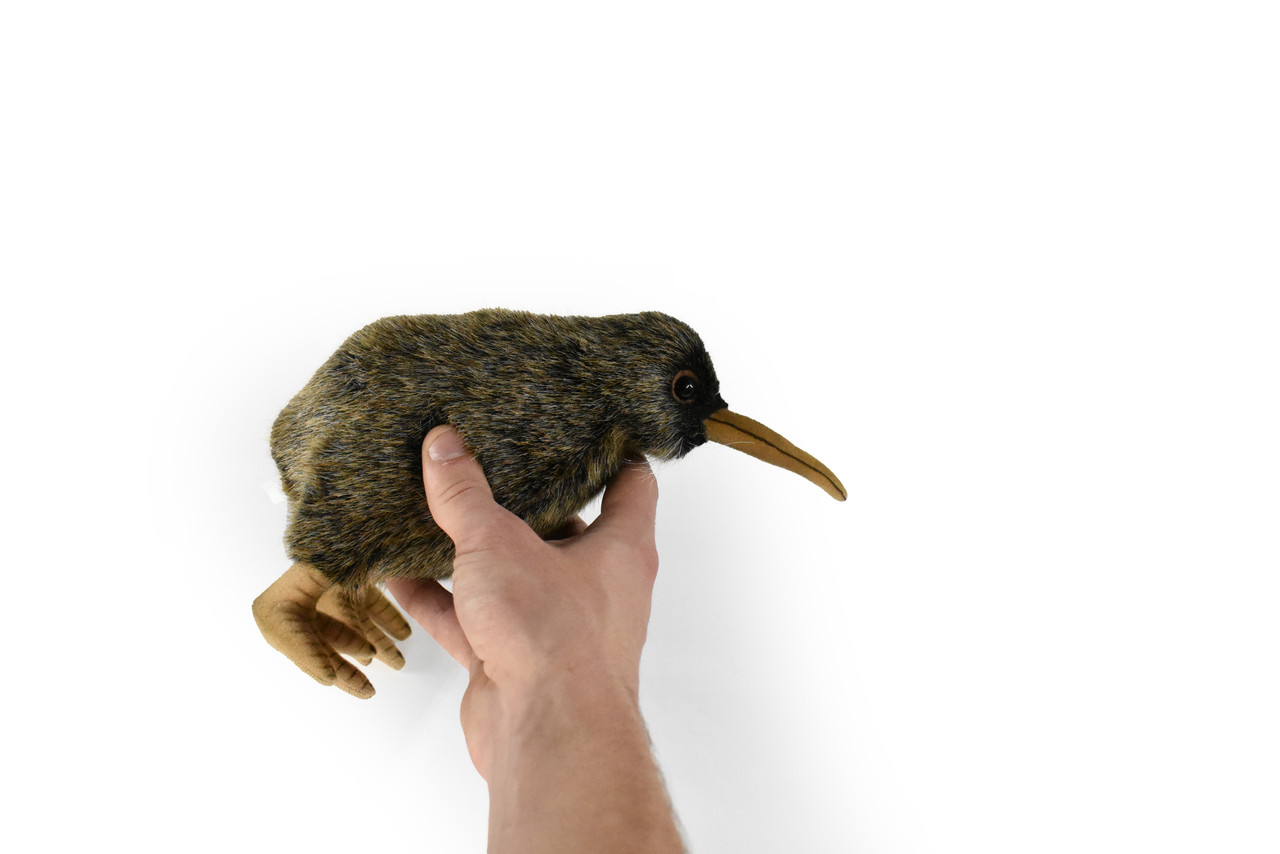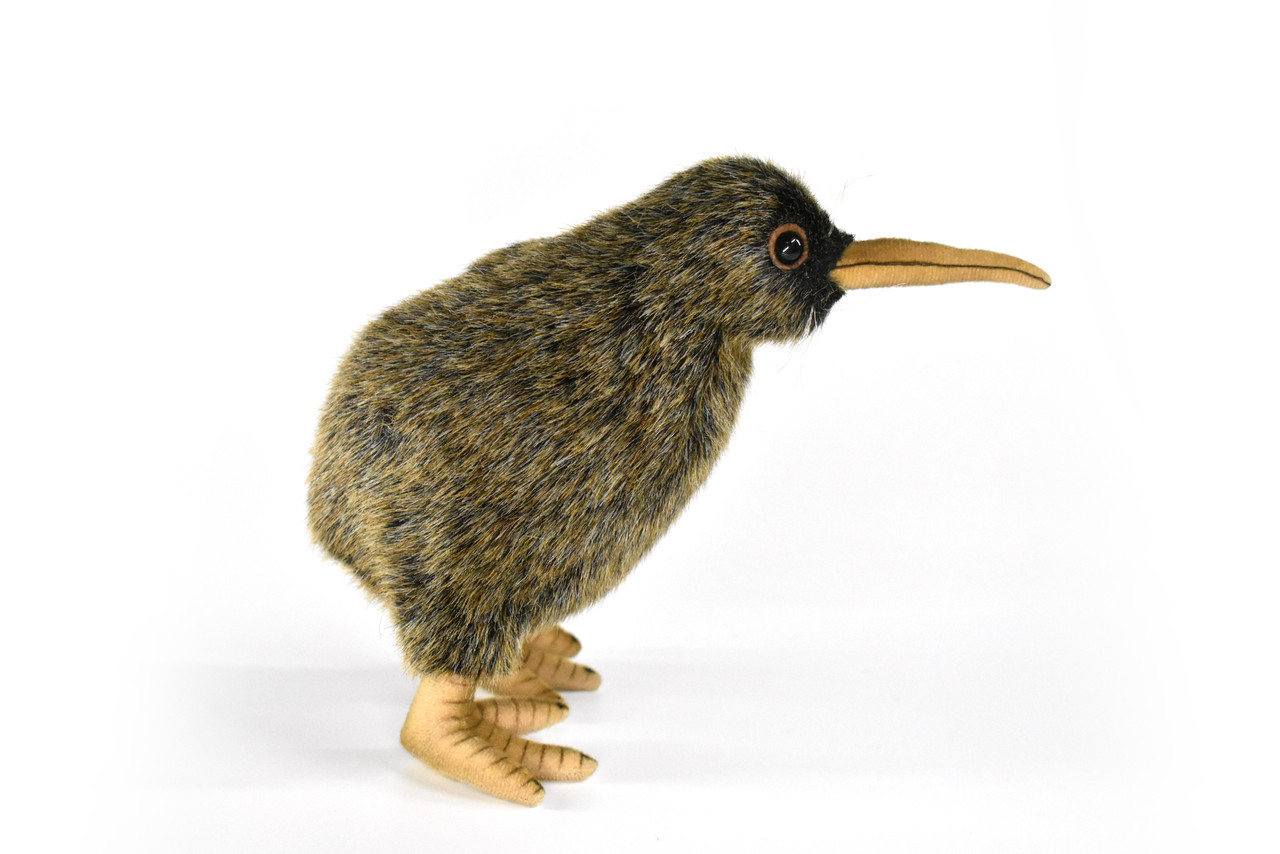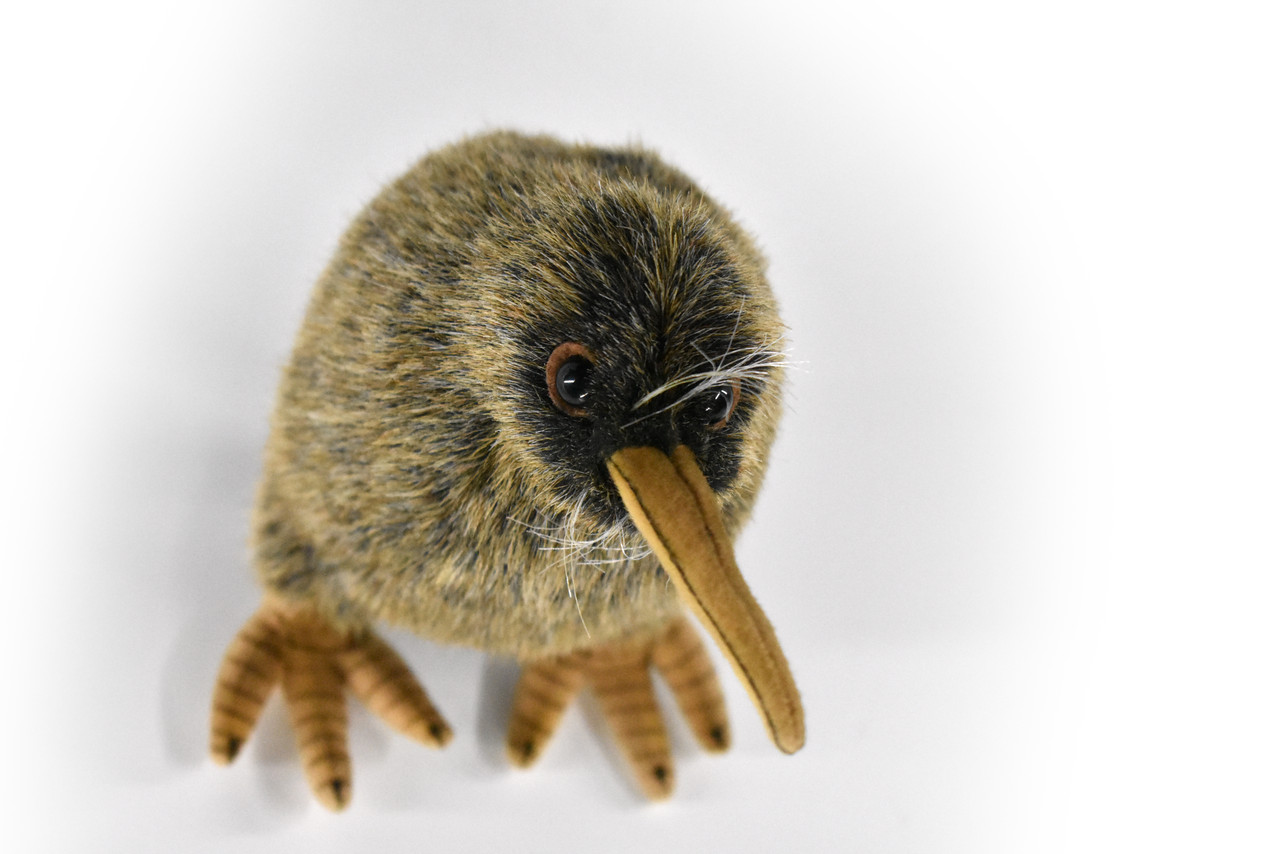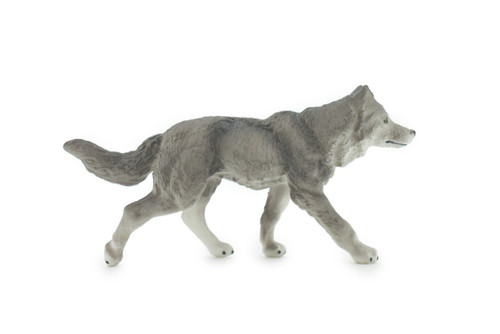Product Description
We think this stuffed kiwi is exceptional. It is so lifelike and compelling, you almost won't believe it's a stuffed toy and not the real thing. Although it's made of synthetic materials, it looks real. The designer of this remarkable line of stuffed animals takes pride in the European heritage of his realistic animal design. Each piece is hand-cut and stitched. The bird even has delicate filament whiskers around its face. This is not your ordinary stuffed animal. Our kiwi has the charm and quality you'll want to keep for a lifetime. It's the kind of toy your child will remember for years to come. It's the kind of "pet" a young child will wan to name and create his or her own stories about. The literature says, "The magical kingdom of Hansa plush was originally created for the most exclusive European clientele. Europeans have treasured these lifelike heirloom creatures for over twenty years. . . . Each Hansa piece is a handcrafted masterpiece, lovingly designed from portraits of real animals. The 'skin' for each of these marvelous beasts is hand-cut and trimmed, never stamped out by machine. The fabric for spotted and striped animals is custom designed and specially manufactured in small lots to Hansa's exacting specifications."
Our stuffed Kiwi is very soft and life size, with soft realistic feeling to the touch. This plush toy has a very soft Fuzzy surface. Check out our other Wildlife toys and gifts!
Super Soft Plush Kiwi, New Zealand rare Stuffed Pet Animal
Great Gift for anyone! Awesome Magical Pet, Educational Toy
The kiwi is a unique and curious bird: it cannot fly, has loose, hair-like feathers, strong legs and no tail. Learn more about the kiwi, the national icon of New Zealand and unofficial national emblem.
We offer more than 2000 different wildlife themed products, from miniature TOY FIGURES to STUFFED ANIMALS, FLASHLIGHTS, LAPEL PINS, and even PUZZLES! We have THOUSANDS of ANIMAL SPECIES including various FISH, LIZARDS, SNAKES, BIRDS, DINOSAURS, and BUGS. Our products are perfect for EDUCATION, DISPLAY, and GIFTS. Bring nature into the palm of your hand with COLLECTIBLE WILDLIFE GIFTS!
The kiwi bird is the national icon of New Zealand, to which it is endemic (found nowhere else in the world). Five species have now been identified with DNA studies. About Kiwis One of the best known national symbols of New Zealand, kiwi birds (genus Apteryx) are wonderfully strange. Approximately the size of a chicken, with wings only about an inch long, they can't fly. They are the only birds in the world with nostrils at the end of their beaks and are able to find worms in the ground by their sense of smell alone. Kiwis' legs account for a third of their body weight and can be used for kicking apart rotting logs to find food, for fighting, and for running like heck to get away from predators. Kiwis have no tails, and their feathers are coarse and hair-like. Since they can't fly, kiwis dig burrows instead of building nests. Largely nocturnal, they emerge from their homes in the forest at night to search for worms, grubs, seed, or small invertebrates. Scientists are uncertain whether they are naturally nocturnal or if it is simply an adapted survival behavior to avoid predators. Prior to the 13th century and the arrival of humans in New Zealand, the only creatures to call the island country home were birds, three species of bats, and maybe a few reptiles. With no natural predators, birds like the kiwi didn't have to worry about getting eaten during the daylight hours. Female kiwis can lay up to six giant eggs every year. Their eggs are disproportionately large, weighing up to 20-25% of the female kiwi's weight. There are five species of kiwi, and the majority of them give the males all the nesting duties. Dad sits on the egg for at about 11 weeks, but if mom decides to return and lay another egg, the male's duties are extended for a few more weeks. Instead of pecking their way out of the egg, chicks use their legs to kick through the shells. Kiwi chicks remain in the nest for a few days feeding on a reserve of egg yolk in their stomachs. When the chick is strong enough, it follows dad out of the nest, and they go in search of food together. It was once thought that kiwis mated for the length of their 20-year lifespans, but scientists have observed that they may change mates many times over the course of their lifetimes if they are in areas with an abundance of other kiwis. Deforestation and invasive predators are both threats to kiwi populations.























